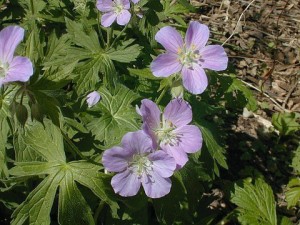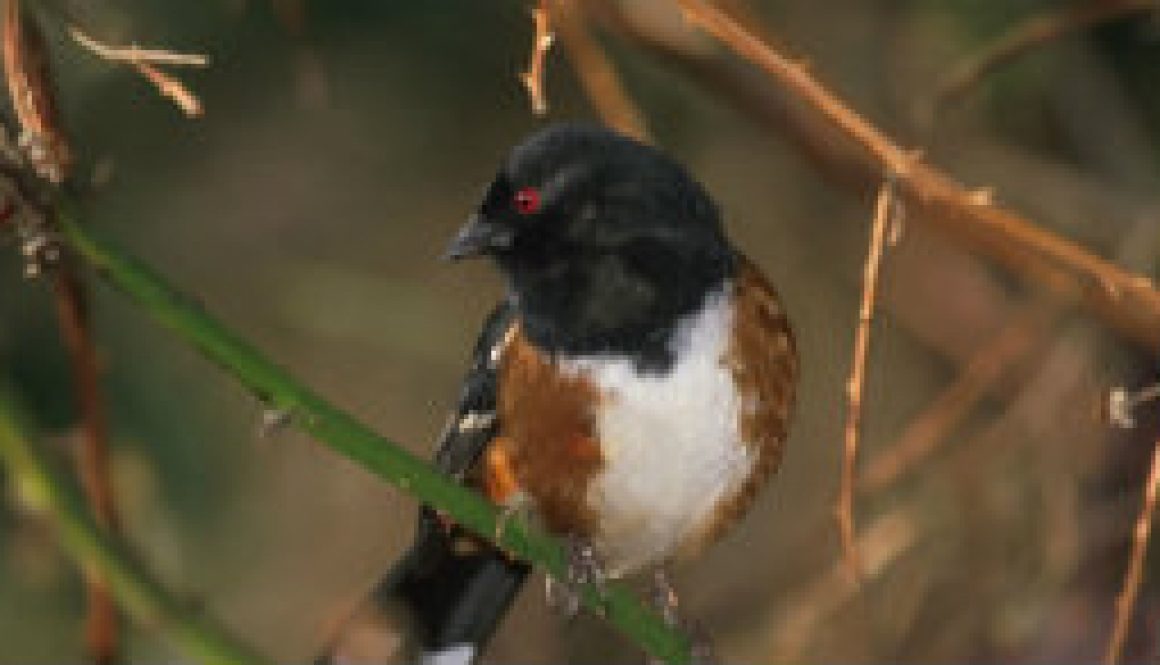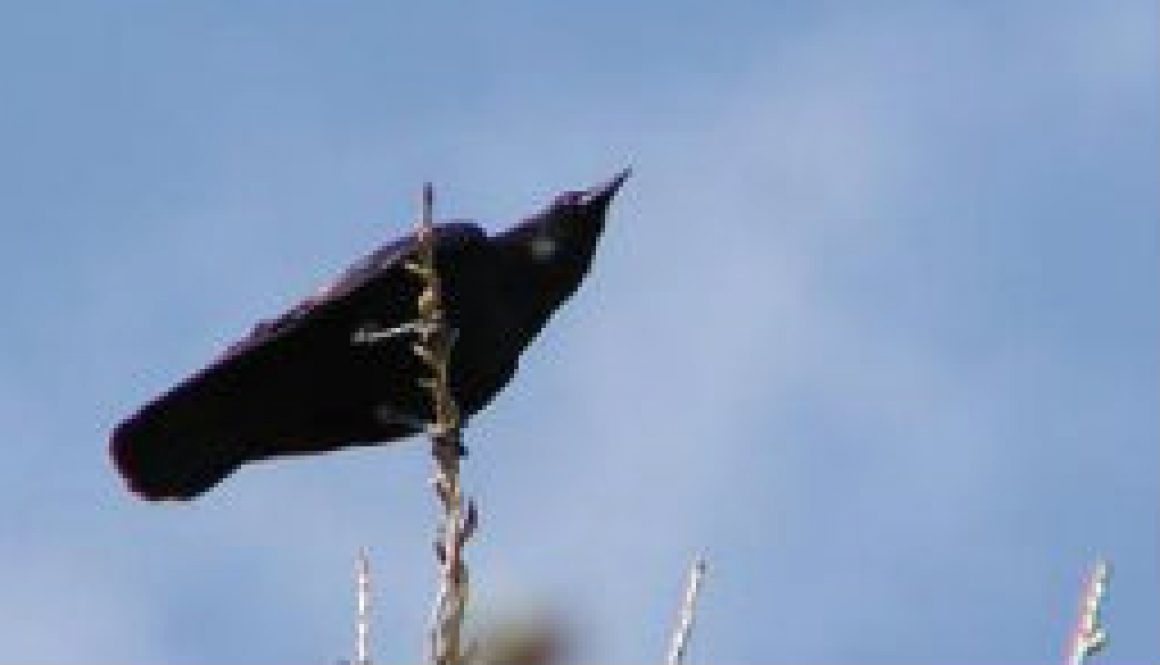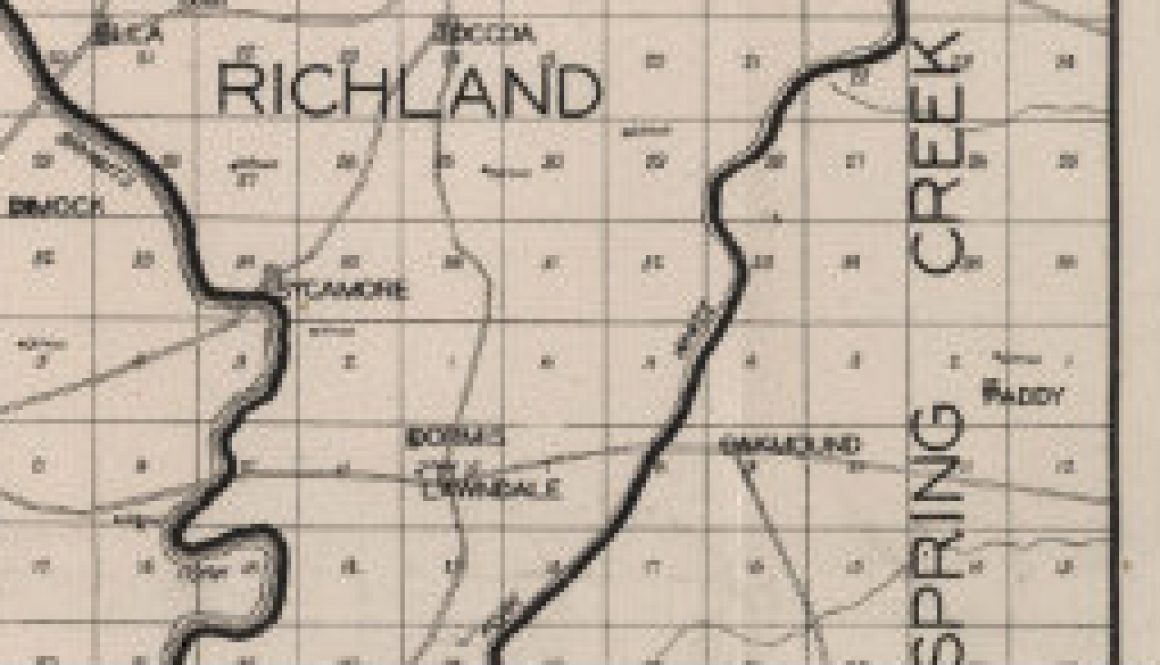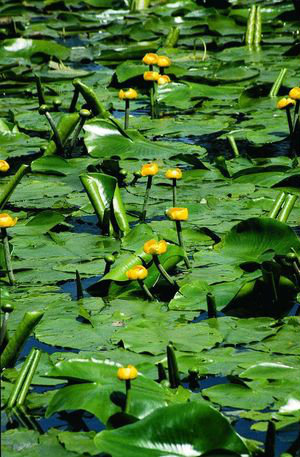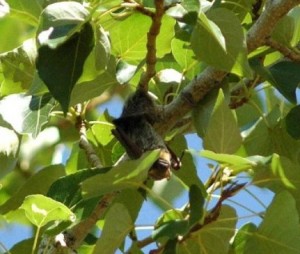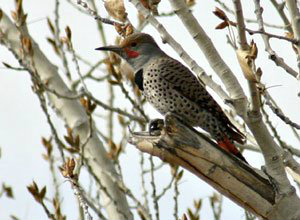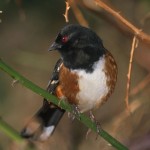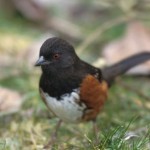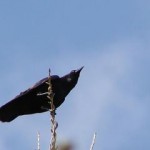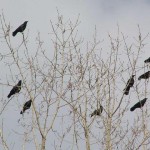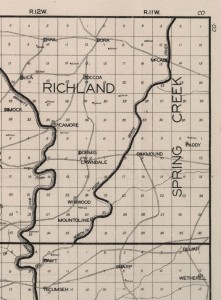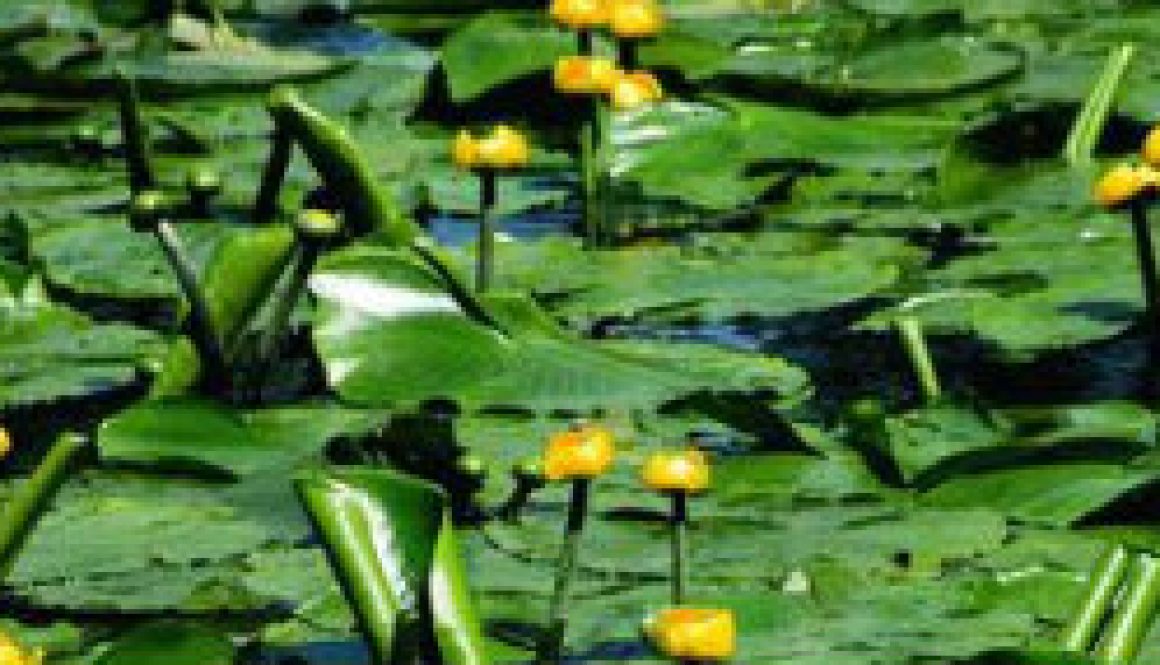
Riveroflife
Posts by :

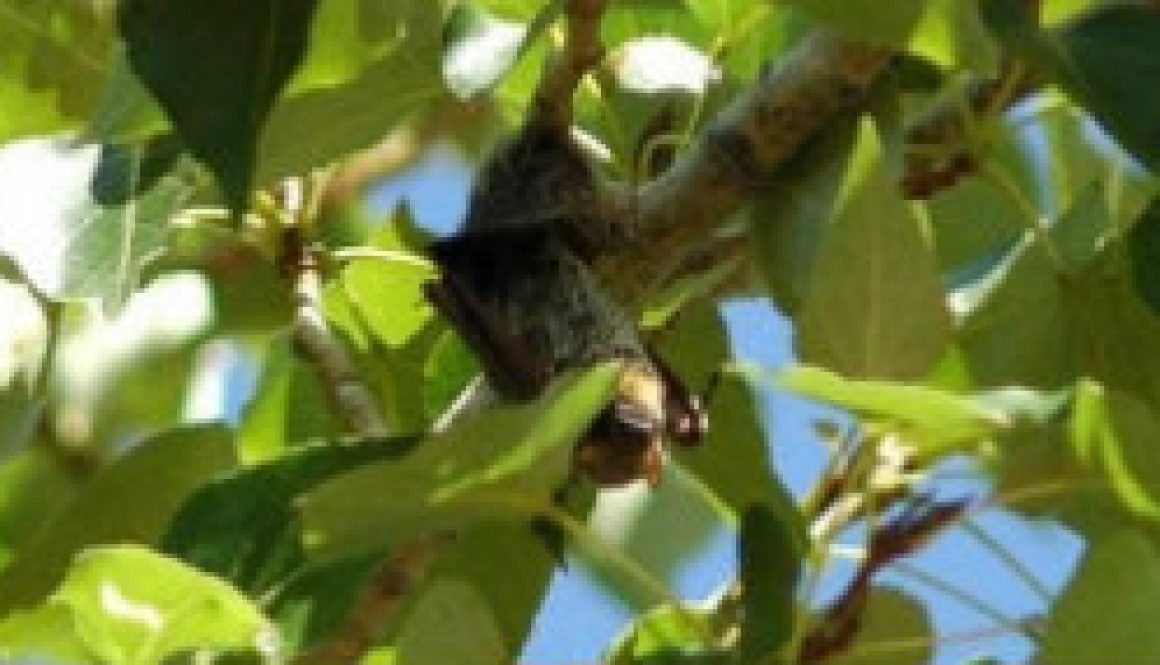
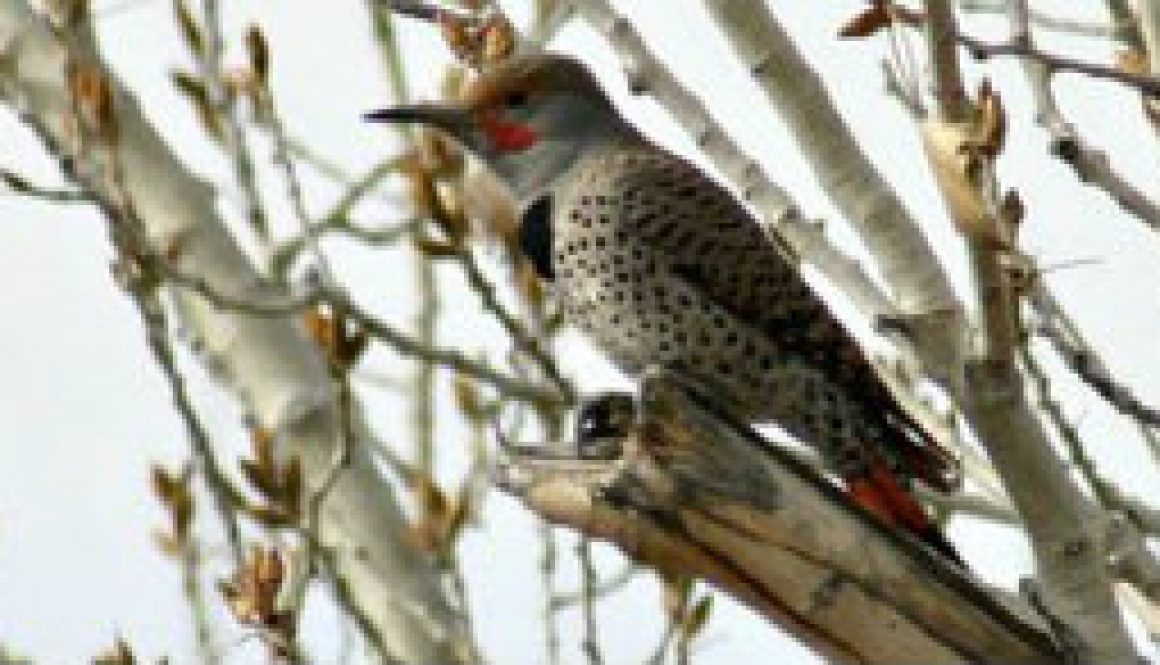

Yellow Bellied Sapsucker
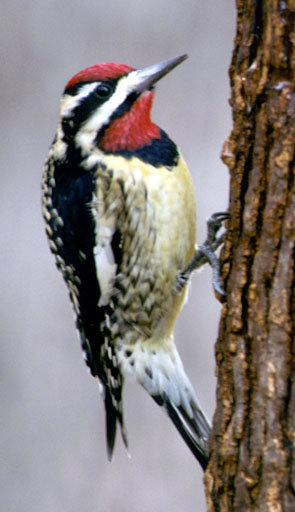 Pretty much a winter visitor to ROLF that is also attracted to nectar and suet feeders.Adults are black on the back and wings with white bars; they have a black head with white lines down the side and a red forehead and crown, a yellow breast and upper belly, a white lower belly and rump and a black tail with a white central bar. Adult males have a red throat; females have a white throat.
Pretty much a winter visitor to ROLF that is also attracted to nectar and suet feeders.Adults are black on the back and wings with white bars; they have a black head with white lines down the side and a red forehead and crown, a yellow breast and upper belly, a white lower belly and rump and a black tail with a white central bar. Adult males have a red throat; females have a white throat.
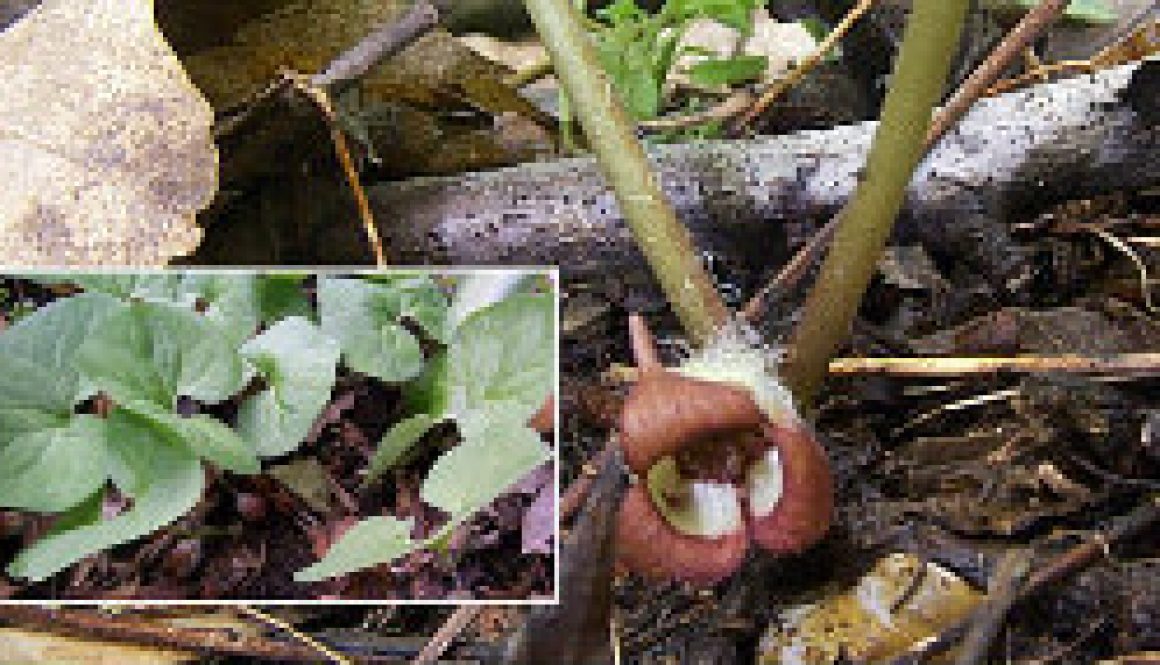
Wild Ginger
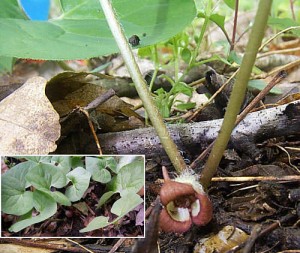
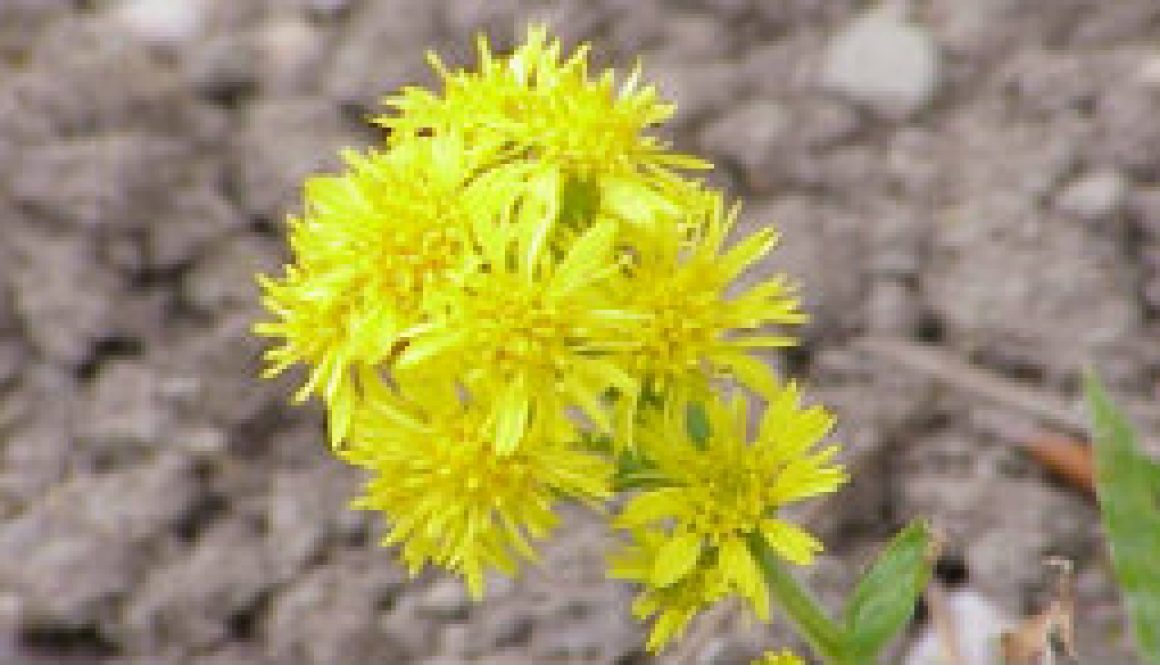
Goldenrod
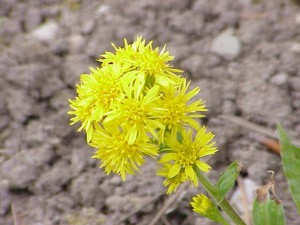
Many species are difficult to distinguish. Probably due to their bright, golden yellow flower heads blooming in late summer, the goldenrod is often unfairly blamed for causing hay fever in humans. The pollen causing these allergy problems is mainly produced by Ragweed (Ambrosia sp.), blooming at the same time as the goldenrod, but is wind-pollinated. Goldenrod pollenis too heavy and sticky to be blown far from the flowers, and is thus mainly pollinated by insects.
Goldenrods are easily recognized by their golden inflorescence with hundreds of small capitula, but some are spike-like and other have auxiliary racemes.
Plentiful in the fall at ROLF.

Wild Geranium
